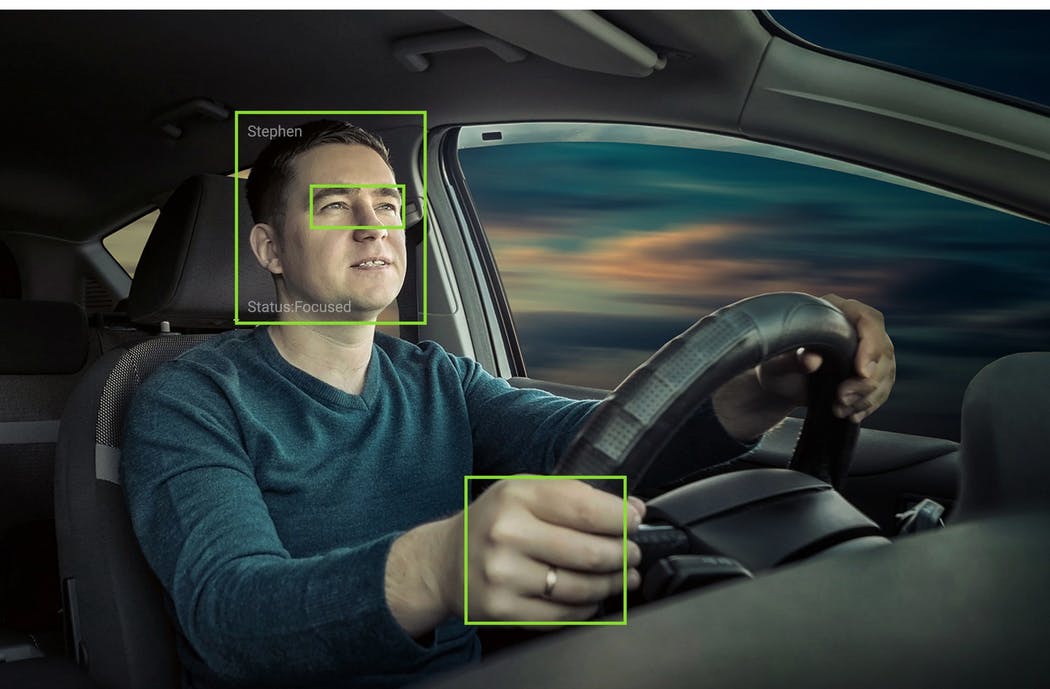| High-tech systems prevent more and more crashes and injuries By Mark Phelan Detroit Free Press JUNE 18, 2019 — 10:41AM |
Companies like Volvo and General Motors have gone public with goals of a world with zero automotive fatalities, but what nobody's saying is that features in today's vehicles are already preventing accidents. New pedestrian-detection systems will address the rise in pedestrian deaths.
More than half of owners of new cars with the systems said the features helped prevent a crash in the first 90 days they had the vehicle, according to a 2018 study by J.D. Power.
The study's results include:
• 49% of owners said blind spot alert helped avoid a crash.
• 42% said backup cameras and parking sensors did.
• 35% credited forward collision alert or automatic braking with preventing a crash.
"Driver assistance and safety systems will continue for the foreseeable future to be among the most important contributors to reducing crashes," MIT researcher and autonomous-vehicle expert Bryan Reimer said.
Features like blind spot alert, collision alert and autonomous emergency braking "provide the strongest near-term potential to enhancing safety on our roads," Reimer added.
The features, which automakers lump under the heading of Advanced Driver Assistance Systems or ADAS, are available everything from sub-$20,000 small cars and SUVs to six-figure luxury vehicles.
"Driver assistance technologies not only keep drivers and passengers safe, but they keep other drivers and pedestrians safe, too," according to the National Highway Transportation Safety Administration (NHTSA), which sets standards and evaluates vehicle safety.
Automakers are increasingly offering various ADAS features on all or most models to keep up with safety regulations and demand from safety-conscious shoppers. Unfortunately, each automaker has its own name for the systems, complicating comparison shopping.
There's no hard data on ADAS benefits yet — at least in part because of the challenge of counting accidents that didn't happen — but off the record, one automaker said it's selling fewer repair parts for cars that do have the systems, and suspect the reason is that they're involved in fewer crashes.
Another reported a case where Michigan's official state fender-bender, a deer in the road, led to minimal damage to the grille, as opposed to the common vehicle write-off. The deer reportedly didn't fare as well.
AAA Michigan supports the systems, but with a Catch-22 that would make Yossarian wince: The systems reduce accidents, but those accidents that still happen are likely to be more expensive because of expensive sensors in vehicle bumpers, lights and grilles.
Lower accident rates may be built into the insurance cost for new cars with modern ADAS, but don't expect a checkbox discount when you shell out a couple of hundred bucks extra for blind-spot alert, one of the systems automakers continue to charge for, because people who've experienced it are willing to pay.
Advanced driver-assistance glossary
- Blind spot and cross-traffic alerts: Sensors that let you know when a car approaches from behind to your right or left. Also alerts to oncoming traffic when you back out of a parking spot.
- Forward collision warning: Lights and sounds that go off when you're approaching the vehicle ahead of you at a speed that suggests an accident could happen. The best systems are adjustable to accommodate people who brake late or want more notice.
- Automatic braking: The brakes apply without the driver doing anything. May work in traffic, parking lots, or both.
- Pedestrian detection and braking: Sensors that detect and recognize people on foot in the car's path. Some also recognize cyclists and large animals. No detection for dogs or cats yet.
- Lane departure alert and assistance: Alerts if the car is about to cross the lane marker without indicating a lane change. Some systems try to steer the vehicle back into its lane (assistance). Others just tell the driver (alert).
- Lane centering: Similar to lane departure assist, but centering more subtly keeps the vehicle in the middle of its lane, reducing the effort and attention required from the driver.
- Adaptive cruise control: Braking and throttle control to keep the car at a set speed and distance behind other vehicles. The following distance can be adjusted for traffic conditions and driver preference.
- Backup camera: Now required on all new vehicles. Thanks, NHTSA. Sometimes linked to sensors for automatic rear braking.



 RSS Feed
RSS Feed